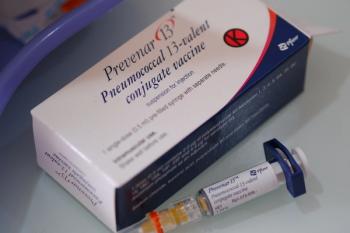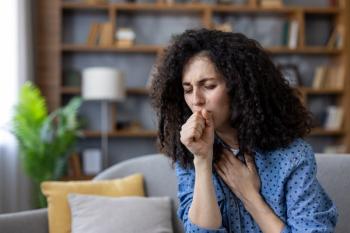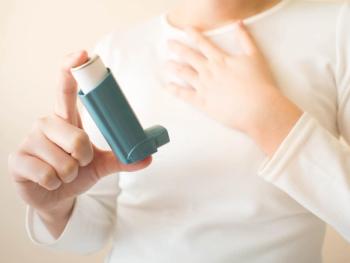
Better Neighborhood Conditions Associated With Lower Asthma Rates in Children
Researchers believe a recent study shows how living in neighborhoods with high and very high levels of opportunity in early life is associated with lower asthma incidence in childhood.
A National Institutes of Health (NIH) study found an association between better neighborhood conditions, such as high-quality housing, healthy food, presence of parks and playgrounds, and clean air during childhood and lower childhood asthma rates.
The study aimed to measure neighborhood conditions using data linked to residential addresses at birth throughout early stages of childhood and examine the association between neighborhood quality and asthma incidence rate.
This nationwide cohort study is published in JAMA Pediatrics.1
“Understanding neighborhood conditions could help researchers identify vulnerable children who are at high risk for developing asthma,” said study author Izzuddin Aris, PhD, of Harvard Medical School, in a statement.2 “This information can also inform efforts by policymakers, researchers, and community groups to improve children's health and foster equity across neighborhoods.”
Neighborhood conditions were measured using the Child Opportunity Index (COI) and the Social Vulnerability Index (SVI), which linked residential addresses at birth, infancy (ages 0.5-1.5 years), and early childhood (ages 2.0-4.8 years).
The study included 10,516 children from 46 participating research sites in the NIH Environmental influences on Child Health Outcomes Program between January 1, 1995, and August 31, 2022. Each child had at least 1 residential address from birth and a parent or caregiver report of a diagnosis of asthma by a physician.
The census-tract data showed children born in high-opportunity neighborhoods had an asthma incidence rate of 23.3 cases per 1000 children, while those born in very-low and low-opportunity neighborhoods had rates of 35.3 and 27 per 1000 children, respectively. These differences between high- and low-opportunity neighborhoods and asthma incidence rates persisted after controlling for socioeconomic factors, parental asthma history, and the number of births a mother had.
Only the COI showed significant associations with neighborhood resources and conditions deemed essential for healthy child development and childhood asthma incidence. Furthermore, the adjusted incidence rate ratio (IRR) was 0.87 (95% CI, 0.75-1.00) for high COI at birth and 0.83 (95% CI, 0.71-0.98) for very high COI at birth compared with very low COI at birth, which seemed to be attributable to health, environmental, and social and economic domains of COI.
However, the SVI during early life was not associated with asthma incidence for low SVI (IRR, 0.88; 95% CI, 0.75-1.02) and for very low SVI (IRR, 0.89; 95% CI, 0.76-1.03) at birth compared with a very high SVI.
The researchers acknowledged some limitations to the study, including relying on parent or caregiver reports of physician-diagnosed asthma, which may have not been accurate. Additionally, using residential census tracts as a marker of exposure may not have captured the areas where children spend most of their time.
Despite these limitations, the researchers believe this study shows how living in neighborhoods with high and very high levels of opportunity in early life is associated with lower asthma incidence in childhood compared with children living in very-low neighborhood opportunity areas.
Furthermore, the researchers believe that future studies should examine the effect of implementing strategies to improve health and environmental or social and economic resources early on in life.
“These findings emphasize the importance of investigating whether investing in early-life health and environmental or social and economic resources can promote health equity in pediatric asthma,” said Aris.2
References
1. Aris IM, Perng W, Dabelea D, et al. Neighborhood opportunity and vulnerability and incident asthma among children. JAMA Pediatr. Published online August 28, 2023. doi:10.1001/jamapediatrics.2023.3133
2. NIH study shows association between better neighborhood conditions and lower childhood asthma rates. News release. EurekAlert! August 28, 2023. Accessed August 25, 2023. https://www.eurekalert.org/news-releases/999535?
Newsletter
Pharmacy practice is always changing. Stay ahead of the curve with the Drug Topics newsletter and get the latest drug information, industry trends, and patient care tips.

















































































































